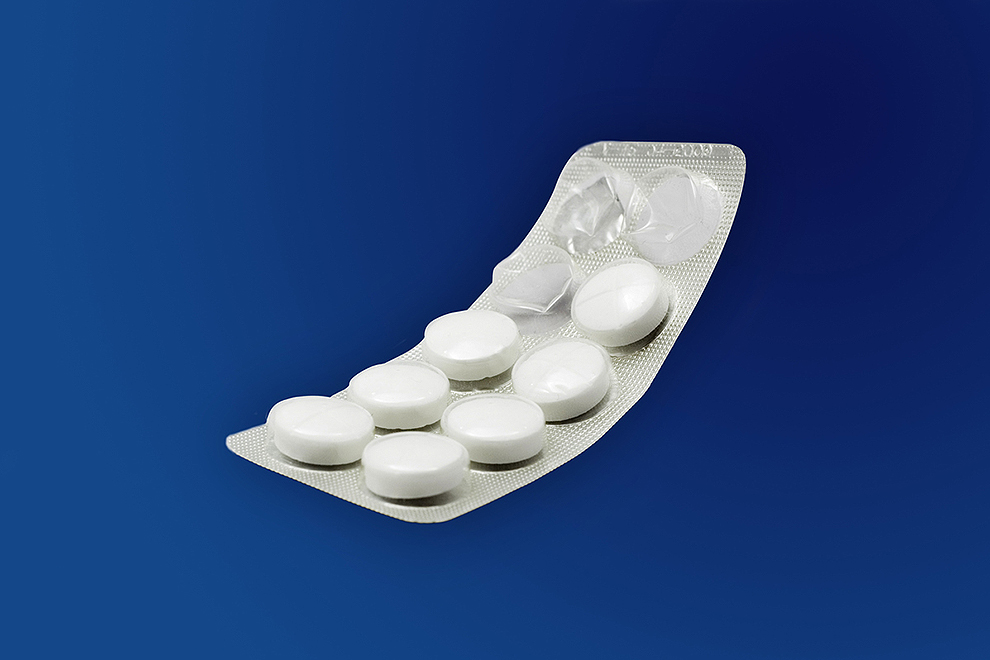Among the 2014 federal budget’s “zombie” measures still languishing in parliamentary limbo is a proposal to increase Medicare co-payments and loosen the safety net for the Pharmaceutical Benefits Scheme, or PBS. It’s still sitting on the books to deliver $285 million of savings in 2018–19. It won’t deliver anything of the sort, of course, because the required legislation won’t pass the Senate.
The Senate is right to keep blocking this legislation. It is bad policy. Already, many people can’t afford to get needed medications – 7.6 per cent, according to the latest Australian Bureau of Statistics figures – and the proposed legislation would make things worse.
But that doesn’t mean there aren’t savings to be made in the way the government subsidises prescriptions.
When a drug is newly listed on the PBS, the manufacturer is required to show that it is at least as good as and preferably better than other drugs on the PBS. Sometimes this may only be a marginal improvement in how the drug is administered. A US study of thousands of new drugs has shown that the increase in price of a newly listed drug is generally bigger than the increase in the benefits to patients.
Australia’s PBS has the same problem. That’s why we have a policy – the Therapeutic Group Premium – designed to ensure that if a drug has essentially the same effect then the price paid by the PBS should be the same. If the drug company insists on a higher price, then the PBS will only pay a base price, and consumers can be asked to pay the rest. Generally, drug companies are reluctant to go this far, fearing they may lose market share if they do.
Trouble is, the policy is full of loopholes. The way the size of the premium is calculated – and indeed whether a premium is applied at all – is so loose that the policy applies to only seven groups of drugs – ACE inhibitors, angiotensin II receptor antagonists, calcium channel blockers, H2 blockers, proton pump inhibitors, statins, and venlafaxine and venlafaxine derivatives – and in fact only a couple of specific drugs are subject to a premium.
Tightening the existing policy, and applying it more rigorously to these seven drug groups could save the PBS $240 million a year – almost covering the PBS zombie measure.
And there’s more. Australia could find further savings by learning from what other countries do. Almost every country that subsidises access to medications has the equivalent of a Therapeutic Group Premium policy, but they all go much further than Australia’s.
In Germany, for example, whenever there is a new listing on its equivalent of the PBS, the drug is assigned to a comparison group. Drugs that are truly new discoveries end up in their own class. Drugs that have a similar therapeutic effect to existing drugs end up in the same class as the old drugs. Rather than the seven groups that we have in Australia, Germany has more than thirty. If Australia had even an additional eleven groups, adding insulin for example, and applied the Therapeutic Group Premium policy more rigorously, a further $205 million could be saved each year.
So, a combination of a more rigorous pricing policy and a greater number of drug groups would save taxpayers almost half a billion dollars a year.
This is a much better policy than simply increasing Medicare co-payments. It would force drug companies to sharpen their pencils and cut their prices if they want to continue to make sales – and to acknowledge that marginal advances in drugs should not result in big price hikes. •




